Agronomy: Applying a Starter is Doable
I got an email from a grower in northern Illinois this past Christmas. He was concerned that if he applied an in-furrow starter in soybeans, the starter might ruin germination or injure soybean seedlings because of its salt content. He said he could apply it in-furrow or dribble on top just off center of the emerging row. Another option would be to place it in a 2x2 band to the side of the seed trench. Applying starters has been a common practice in corn where growers routinely apply 5 gallons per acre of 10-34-0 or some other analysis. They [...]
Plant and Soil Health: WEBINAR: Sulphur’s Role in Soybean Production
Wesley Haun, agronomist with H.J. Baker & Bro., discusses what farmers might see happen to their soybean crop if the plants are deficient in sulfur. He also explains the factors that influence the availability of sulfur in soil, as well as critical points about the sulfur uptake process. ISA would like to thank H.J. Baker for sponsoring this webinar. Key Takeaways: Sulfur is a secondary nutrient for soybeans. It is involved in metabolic functions for the plant, including seed formation and photosynthesis. Deficiencies of sulfur in soybeans can lead to decreased yield and decreased protein content. Two ways to [...]
Agronomy: Illinois Council on Best Management Practices – Spring Newsletter
WHEN IS THE BEST TIME TO TEST YOUR SOIL? Most farmers test their soil in the fall, right after harvest. Learn why the best time to test your soil may be in the spring or early summer. Get the jump start on the year and talk to your crop adviser or soil lab about soil testing today. SPRING WATER SAMPLING BEGINS The Illinois Farm Bureau is partnering with the Illinois Corn Growers Association, the Zea Mays Foundation, county Farm Bureaus, and soil and water conservation districts to offer free, confidential nitrate water testing across the state. Visit CBMP's events [...]
Agronomy: Checkoff Funds Help Replace Peoria Co. Bridge
Illinois data from the 2015 National Bridge Inventory finds that more than 2,200 bridges are structurally deficient and nearly another 2,000 are functionally obsolete. It’s no easy task, but ISA is working to improve rural bridge infrastructure across the state. And with the upcoming reconstruction of the Trivoli Road Bridge in Peoria County as an example, ISA is improving farmer productivity in the process. The Trivoli Road Bridge was the subject of a county infrastructure prioritization study in 2014. Thanks in part to the bridge’s high benefit-cost ratio identified through the study, the bridge is slated to be rebuilt [...]
Agronomy: WEBINAR: Managing RR2Xtend Soybeans in 2016 and Beyond
Lance Tarochione, technical agronomist with Monsanto, shared details about the Roundup Ready 2 Xtend™ soybeans, which will be available for the 2016 growing season. These varieties contain traits that are resistant to glyphosate and dicamba to help improve weed management. He emphasizes the importance of following label instructions because the Environmental Protection Agency (EPA) has not yet approved dicamba herbicides to be used with Roundup Ready 2 Xtend soybeans. It is extremely important not to use dicamba herbicides with these varieties until it is approved by the EPA. Key Takeaways: Always follow label instructions—it’s the law. The Environmental Protection [...]
Agronomy: Answers to Your Soybean Questions
Many of you have heard about the Six Secrets project being conducted by Dr. Fred Below and students at the University of Illinois. Dr. Below has been examining the different factors that impact soybean yield. He presented an update webinar on this project and it is available on the ILSoyAdvisor here. During the webinar listeners asked a number of questions whose answers I am providing below: Do soybeans uptake nitrate N or ammonia N? Plants roots can take up either the ammonium (NH4) or nitrate (NO3) forms without preference. However, if there is more NO3 in the soil, it [...]

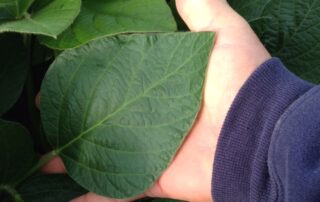
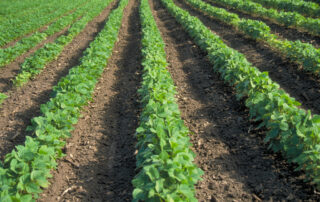
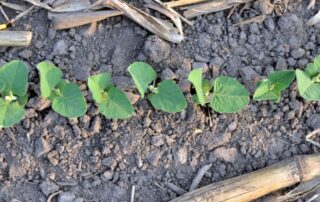

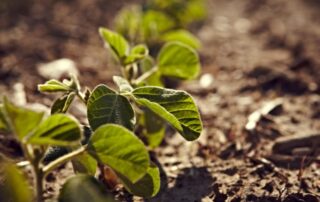
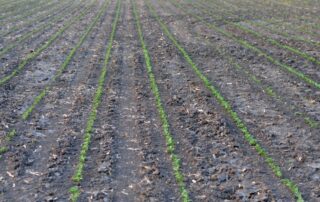



 and then
and then